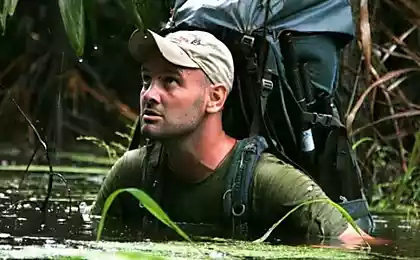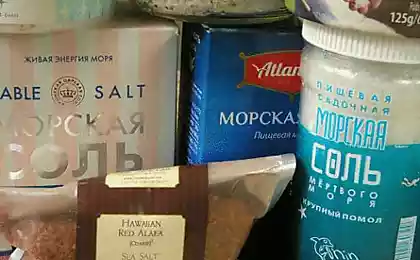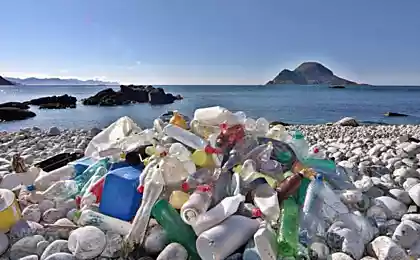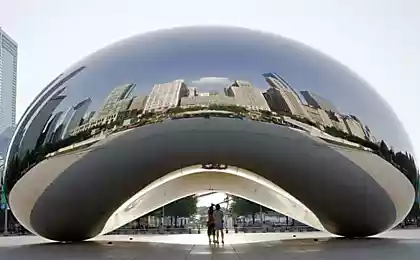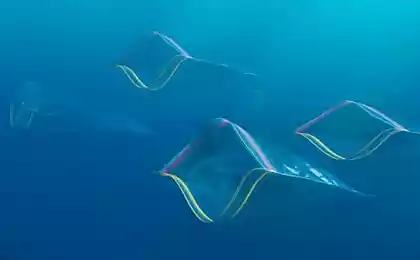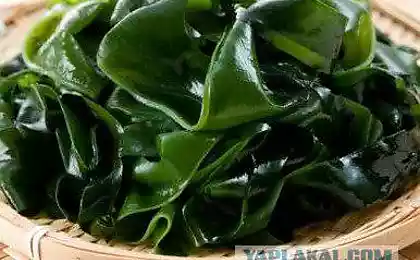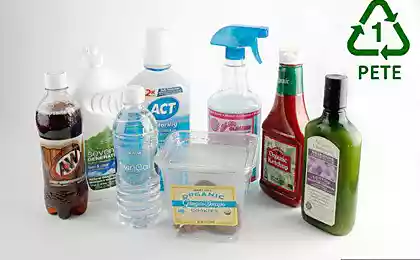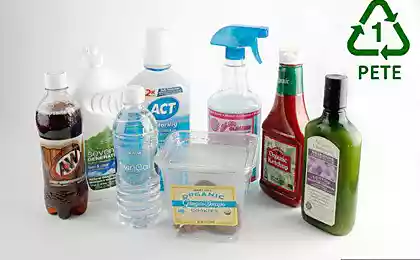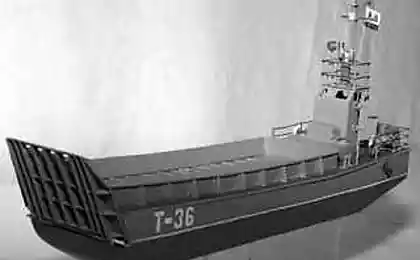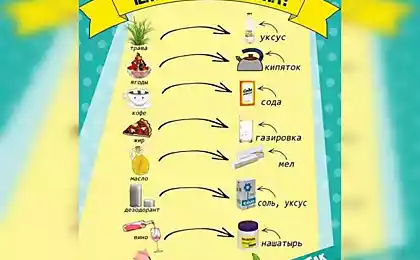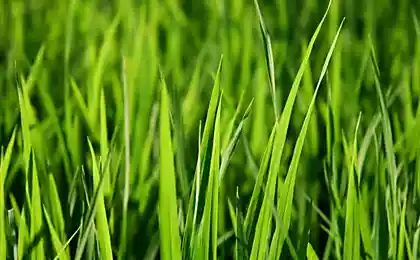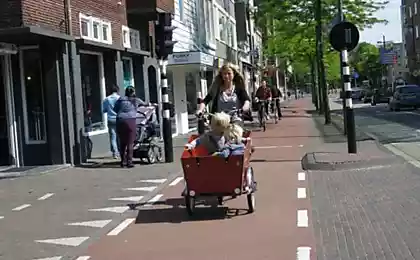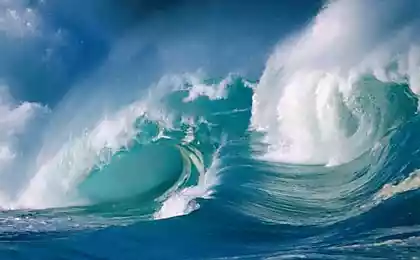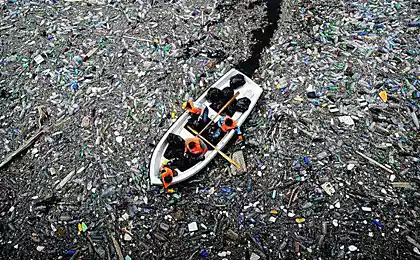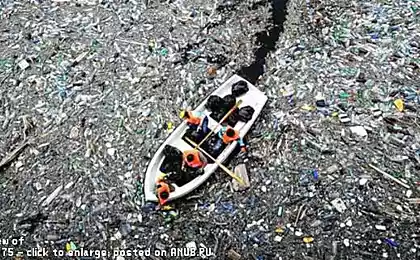208
Garbage stain in the Pacific Ocean has increased 5 times in the last 7 years
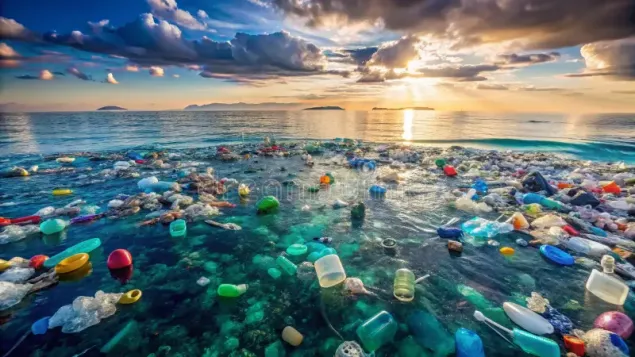
The Great Pacific Garbage Patch is a huge accumulation of plastic in the waters of the Pacific Ocean.
Growing environmental disaster
In the central northern Pacific Ocean, between the coasts of California and Hawaii, there is one of the most disturbing evidence of human influence on the planet. The Great Pacific Garbage Patch – a colossal accumulation of marine debris, mostly plastic waste collected together by ocean currents – has increased fivefold in the past seven years, reaching a size larger than France.
Recent research by an international team of ocean scientists shows that up to 96% of the debris that makes up this giant cluster comes from other regions of the ocean. These figures radically change the understanding of the mechanisms of the formation of the garbage patch and indicate the global nature of the problem.
The rate of accumulation of plastic in BTMP significantly exceeds the preliminary forecasts of environmentalists, which indicates the systemic inability of mankind to cope with the disposal of synthetic waste. According to experts, the total weight of plastic in the spot can reach 80,000 tons, which is equivalent to the weight of 500 Boeing 747 airliners.
Garbage stain formation mechanism
The Great Pacific Garbage Patch was not formed by accident. It is located in the zone of so-called subtropical convergence, where warm water masses from tropical latitudes and colder waters of temperate latitudes converge. This area is characterized by a system of circulating ocean currents known as the North Equatorial gyre.
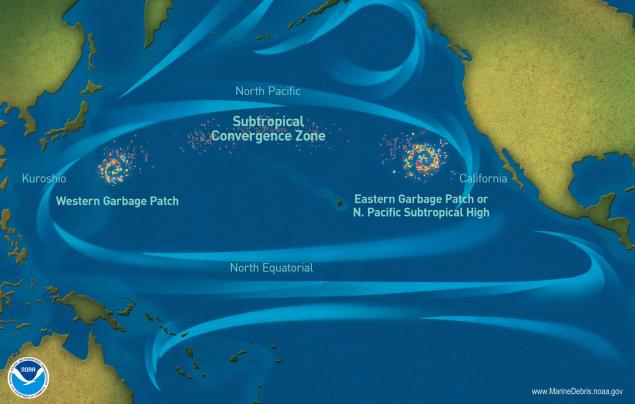
Visualization of the system of currents of the North Equatorial Cycle, contributing to the concentration of garbage in the central part
The gyre acts like a giant whirlpool, slowly attracting marine debris to its center. Contrary to popular belief, BTMP does not look like a solid island of garbage. Instead, the area resembles an oceanic soup, where billions of plastic particles of different sizes are distributed in the water column, with most of these particles being microscopic in size.
Key facts about the Great Pacific Garbage Patch:
- Area: 1.6 million square kilometers (3 times the size of France)
- Weight: about 80,000 tons of plastic
- Composition: 92% large plastic, 8% microplastics
- Sources: 46% - fishing nets and gear, 20% - the effects of the 2011 tsunami in Japan
- Time of decomposition of plastic: from 450 years to several millennia
Environmental impacts
The impact of the garbage patch on the marine ecosystem is catastrophic. Thousands of marine animals, including fish, turtles, dolphins and birds, are killed each year from ingesting plastic or entanglement in fishing nets. The situation is particularly dramatic for seabird populations – studies show that plastic is found in the stomachs of 90% of seabirds.
No less destructive is the influence of microplastics - particles smaller than 5 mm, formed when larger plastic objects decay under the influence of solar ultraviolet light and sea water. The microplastics are absorbed by plankton, small fish and other marine organisms, and then climbed up the food chains to larger creatures, including humans.
“We found microplastics in organisms living more than 10 kilometers deep in the Mariana Trench.” This indicates that pollution has reached even the most remote corners of the planet, said Dr. Maria Cheng, head of the expedition to study deep-sea pollution.
Plastic particles also serve as rafts for invasive species, allowing them to travel vast distances and colonize new territories, disrupting existing ecological balances.
A global problem requires global solutions
The discovery that 96% of the litter in the BTMP comes from other ocean regions highlights the global nature of the problem. Plastic waste dumped into the ocean in Southeast Asia could end up in the central Pacific after some time.
Satellite and underwater data indicate that much of the plastic enters the ocean via large rivers, especially in regions with poor recycling infrastructure. According to a study published in the journal Science, only ten rivers (eight in Asia and two in Africa) are responsible for delivering 90% of plastic debris into the world’s oceans.
International initiatives
In response to the growing threat, several ambitious ocean cleanup projects have been launched. The Ocean Cleanup initiative was founded by a young Dutch inventor, Boyan Slat. The project developed a system of autonomous barriers using ocean currents to passively collect plastic debris.
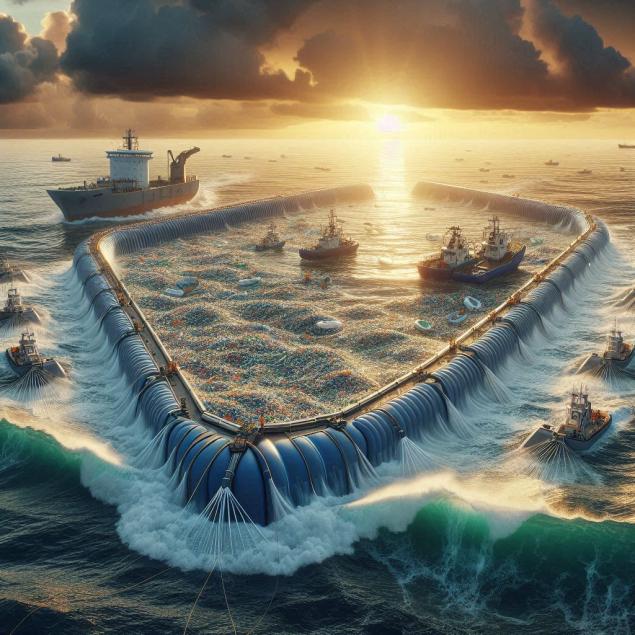
Innovative Ocean Cleanup Technologies – Autonomous Barriers to Plastic Collection
However, experts emphasize that even the most effective methods of cleaning the ocean will not solve the problem without addressing its root cause - excessive production of single-use plastics and inadequate systems for its disposal.
What can we do?
Solving the problem of the garbage patch begins with an awareness of the personal responsibility of each person. Here are some specific actions that each of us can take:
- Reduce the use of single-use plastic, especially plastic bottles, bags and straws
- Participate in volunteer actions to clean coasts and reservoirs
- Correctly sort garbage and take plastic for recycling
- Choose products in biodegradable or reusable packaging
- Support companies that produce environmentally friendly products and practice responsible waste management
- Disseminate information about the problem of ocean pollution and ways to solve it
Practical tips for reducing plastic waste:
- Use a reusable water bottle instead of buying plastic bottles
- Carry fabric shopping bags with you
- Avoid using plastic straws or purchase reusable ones from metal or glass
- Buy products in weight using your own containers
- Choose cosmetics without microplastics (often referred to as polyethylene or polypropylene)
- Switch to bamboo toothbrushes instead of plastic ones
- When ordering takeaway food, ask not to put disposable cutlery
Prospects and new technologies
Despite the scale of the problem, there are reasons for optimism. New technologies and growing public attention to environmental issues are driving the development of innovative solutions.
Among the promising areas are the creation of biodegradable alternatives to plastic, the improvement of waste collection and processing systems, as well as the development of technologies that allow turning plastic waste into a valuable raw material or energy source.
Legislative initiatives also play an important role. More than 70 countries have already imposed restrictions on the use of single-use plastic, including complete bans on plastic bags and utensils. The European Union plans to recycle 100% of plastic packaging by 2030.
International cooperation is a key success factor in the fight against the Pacific Garbage Patch and plastic pollution in general. The problem does not recognize national borders and requires coordinated efforts by all countries.
Only through a combination of innovative technologies, responsible consumption, improved legislation and global cooperation can humanity prevent the world’s oceans from becoming a plastic landfill and preserve marine ecosystems for future generations.
Glossary of terms
The Great Pacific Garbage Patch (BTMP)
A vast area in the North Pacific characterized by a high concentration of marine debris, mainly plastic collected by ocean currents.
Microplastics
Small plastic particles smaller than 5 millimeters, formed when larger plastic products are broken down or intentionally produced for use in certain products (e.g. cosmetics).
North-equatorial cycle
A system of ocean currents in the North Pacific, moving clockwise under the influence of winds and Coriolis force, contributing to the concentration of floating debris in the central part.
Biodegradable materials
Materials that can naturally decompose under the influence of microorganisms on environmentally friendly components in a relatively short period of time.
Invasive species
Organisms intentionally or accidentally transferred to habitats outside their natural range where they can cause significant damage to local ecosystems.
Subtropical convergence
A zone in the ocean where warm water masses from tropical latitudes converge with colder waters of temperate latitudes, creating special hydrological conditions.

